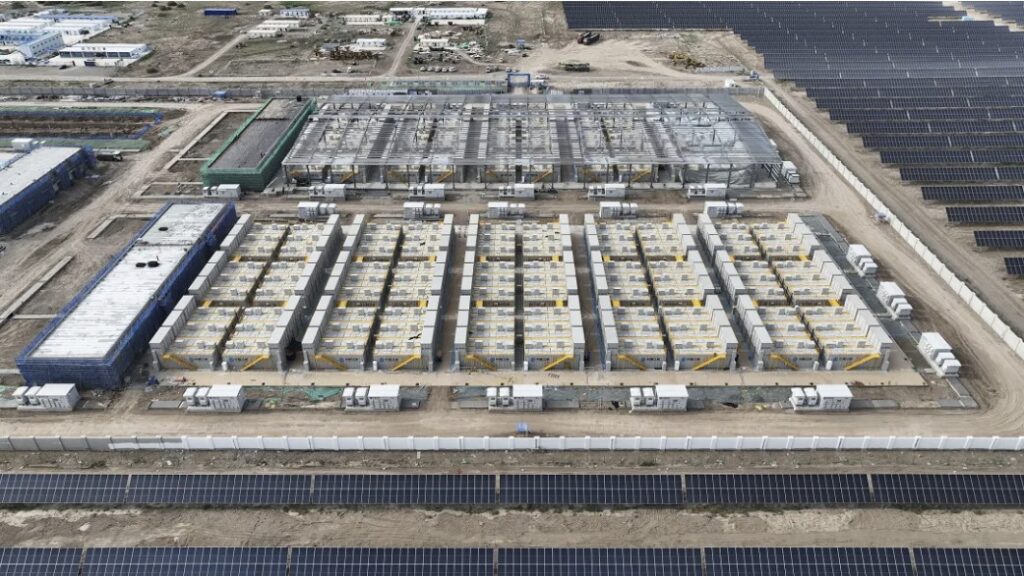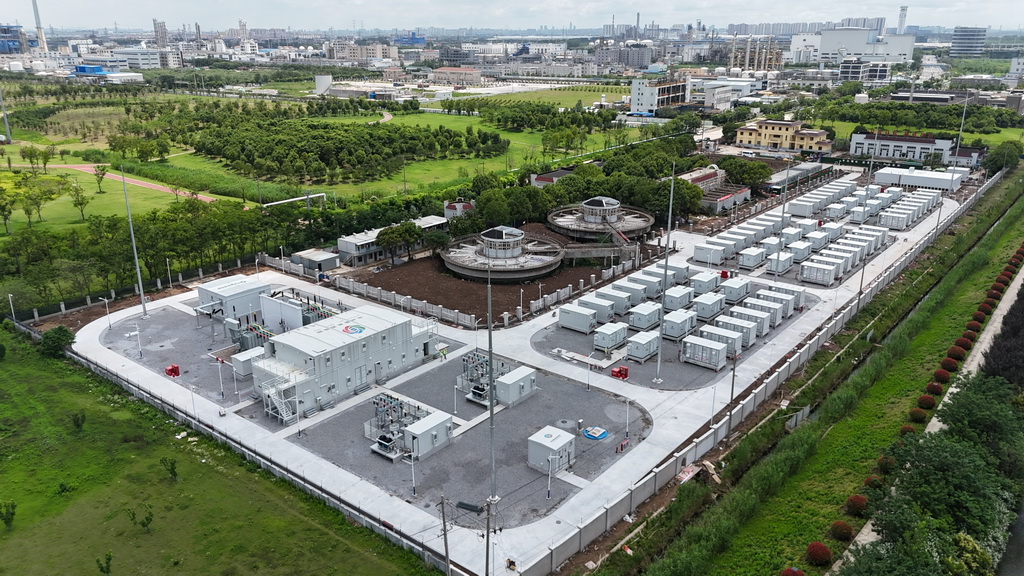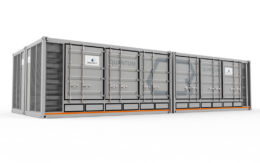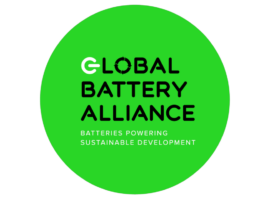Wärtsilä: US policy upheaval could benefit Italian battery market

The policy chaos afflicting the United States energy market could benefit the energy storage in sector in Italy, which has been cited as a European BESS hotspot. pv magazine Italia spoke to Adam Atkinson-Lewis, director of the energy storage strategic market development department at Finnish marine and energy company Wärtsilä Energy Storage.
pv magazine Italia: Italy’s first MACSE auction will be launched on September 30. Do you expect the first or the second round to be bigger? Will it bring many potential customers for Wärtsilä?
Adam Atkinson-Lewis: Industry analysts are projecting that Italy is the most promising growth market for energy storage in Europe. For this reason, combined with the recent volatility in the US, we expect there to be some interest in the auction and we are certainly seeing interest from a number of our customers. We don’t know if the first auction will be bigger than the second but we expect demand for energy storage in Italy to be strong for the next few years so, whether the auction reaches 10 GWh or not, we are generally very bullish on the Italian market. However, we expect it to be quite competitive on price, especially as Chinese cell manufacturers have recently been restricted in their sales to the US market.
Do the technical requirements of the MACSE auction suit the characteristics of Wärtsilä battery energy storage systems (BESS)?
We believe that Wärtsilä Energy Storage’s Quantum systems, managed by our industry-leading Gems EMS [energy management system] software, are well positioned to compete in the Italian market, thanks to their exceptional reliability and uptime during operation, as well as our consistent ability to deliver our projects on time and with successful commissioning in a wide variety of grid environments. The long-term contracts with [Italian grid company] Terna are characterized by stringent reliability and uptime requirements; our customers regularly tell us that our performance is among the best in their energy storage portfolios. All this to say that, given the adaptability of our control software, we are not concerned about comparing MACSE requirements with those of other European schemes: we will obviously know more once we have discussed in progressively more detail with our customers and when we have won and started to deliver our first projects in Italy. From what we’ve seen so far, there’s nothing particularly new or challenging in terms of the design features, other than the clear push towards longer-lasting systems, which is clearly a major feature of the MACSE.
Oversizing – installing more battery capacity than is initially required – will be an important decision for projects participating in the MACSE auction, also in relation to the MACSE regulations. What level of oversizing do you expect? Do you expect oversizing to be more pronounced in some regions? What are the factors that affect the oversizing of a project?
We work closely with our customers to tailor our offerings to their needs, including the factors that influence oversizing decisions. We don’t have specific expectations for oversizing but we are working on features that combine some of the hardware and firmware benefits of our proprietary BMS [battery management system] with battery health analytics that interface with some automated checks in our Gems EMS that we believe will provide greater confidence in capacity availability, which will likely positively impact the need to oversize systems. We expect this capability to surpass some other analytics providers in the market due to our significant wealth of physical [battery] cell data, upon which we have built some pretty sophisticated AI [artificial intelligence] models.
What could be the strategies for developers? A progressive scaling of projects that initially participate in MACSE only with a certain percentage of their capacity and then increase it over time? Why?
We do not have a perspective on this but we are ready to support use cases where a project is split between a MACSE commitment, other agreements and/or commercial operations.
How does this impact the demand for BESS solutions?
The more complex the use case for a BESS, both immediately and, more importantly, if it changes over time in ways that are not known at the time of system design and commissioning, the more flexible and adaptable the entire stack of BMS, EMS/controllers, cell performance management, and asset management software must be to ensure that the asset owner can get the most value from their BESS over its lifespan, in the face of changing monetization strategies. All of this is to say that while MACSE-only systems may only need to respond to simple grid commands, a system that has other revenue models or can be scaled up over time will need a future-proof software stack to handle it.
MACSE will only target the southern regions of Italy. How do you see the BESS market in Italy in general? What will be the percentage of projects in Northern and central Italy in 2025, 2026, and 2027, as a percentage of total projects both in terms of number of projects and total capacity? Do you have visibility on this data? More generally, can you tell us something more about a possible geographical division?
We have no opinion on the distribution of BESS between North and South but any geographic division makes sense given the presence of hydro capacity in the North versus solar resource in the South, which does not have nearby hydro to compensate for [solar’s] variability. In other words, it makes sense that BESS systems are more valuable to the grid in the South and that demand can be geographically influenced, especially in long-lived systems that focus on energy transfer.
The Italian grid capacity market will be another driver for energy storage. Are the BESS systems required by the capacity market significantly different to those targeted in the MACSE auctions? How?
There is a bit more control complexity for systems that are not 100% MACSE and lifetimes are generally lower due to the capacity market structure.
In terms of duration, intermediate solutions of four- to six-hours are needed: four hours for the capacity market, especially in the North; six to eight for the Mcase. This is what Chinese energy storage company Jinko ESS expects. Do you agree? Why?
We agree in general but the different offtake paths do not require just an intermediate solution. We expect there to be demand for both four-hour solutions and six- to eight-hour solutions, which we are ready to offer.
How do you expect storage duration models to change over time?
We expect durations in Italy, and virtually all other markets, to get longer over time, with Italy already reaching the current outer range of BESS storage duration with MACSE. Shorter-duration systems favor [grid] ancillary [service] and balancing use cases, which quickly saturate. The general trend towards ever higher penetration of wind and PV on a purely economic basis, combined with the ever decreasing euro-per-kilowatt-hour prices for batteries, pushes both the most valuable and economically viable use of batteries towards ever longer energy-moving use cases. This, in turn, favors ever longer [storage] duration.
From pv magazine Italia.















